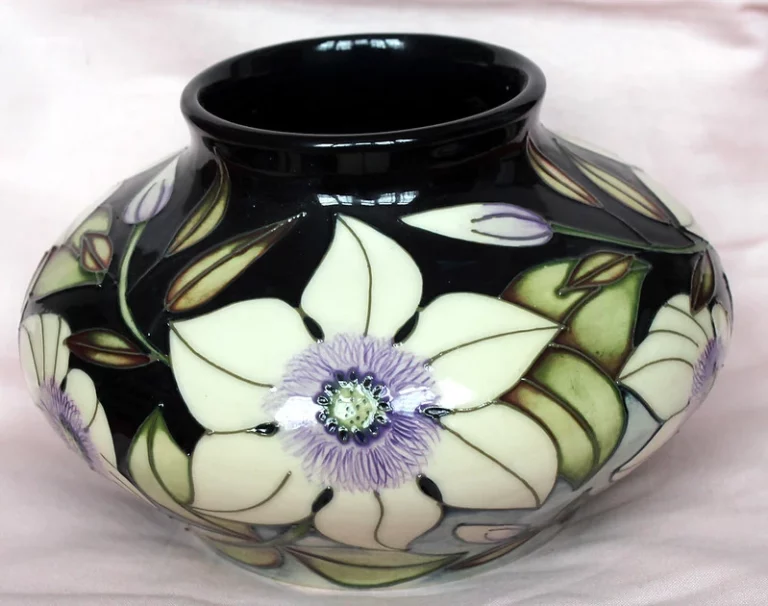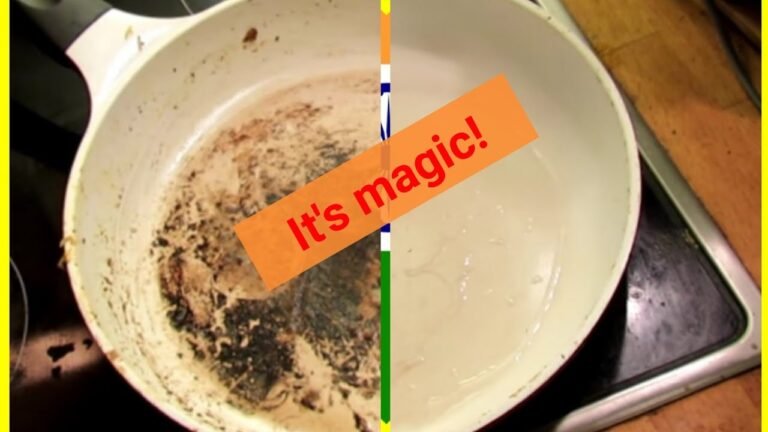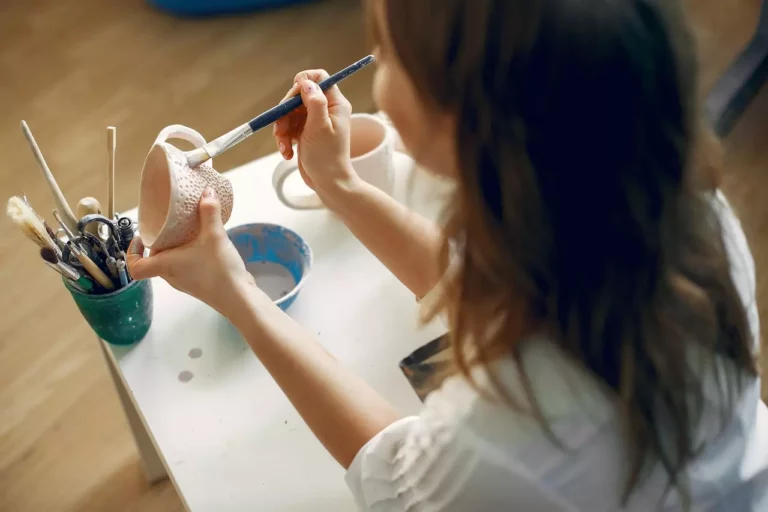What is the Difference Between Clay and Pottery?
Clay and pottery are terms often used in the world of ceramics, but they refer to different aspects of the same art form. While both clay and pottery are closely related, they have distinct characteristics that set them apart.
In this article, we will explore the difference between clay and pottery, including their definitions, compositions, formation and processing methods, properties, uses, and the key factors that distinguish them from each other.
1. Introduction
Ceramics have been an integral part of human civilization for thousands of years. From ancient civilizations to modern art forms, clay and pottery have played significant roles in various cultural expressions. Understanding the difference between these two terms will provide a deeper insight into the art of ceramics.
2. Definition of Clay and Pottery
2.1 What is Clay?
Clay is a natural material that is composed of fine-grained minerals, organic matter, and water. It is commonly found near riverbeds, lake shores, and other areas with sedimentary deposits. Clay is highly malleable and can be easily shaped when wet. When exposed to heat, it undergoes chemical and physical changes, resulting in the creation of pottery.
2.2 What is Pottery?
Pottery, on the other hand, refers to the objects created from clay by shaping, drying, and firing. It encompasses a wide range of ceramic products, including pots, bowls, vases, and sculptures. Pottery can be both functional and decorative, serving practical purposes as well as artistic expressions.
3. Composition of Clay and Pottery
3.1 Clay Composition
Clay is primarily composed of minerals such as kaolinite, illite, and montmorillonite. These minerals give clay its plasticity, allowing it to be molded into various forms. Additionally, clay contains varying amounts of organic matter and water, which contribute to its workability.
3.2 Pottery Composition
Pottery, in its finished form, consists of clay along with other components. These additional ingredients, known as tempering materials, are added to enhance the properties of the clay. Common tempering materials include sand, grog (crushed fired clay), and other minerals. The addition of tempering materials affects the strength, texture, and firing characteristics of the pottery.
4. Formation and Processing
4.1 Clay Formation
Clay is formed over thousands of years through the weathering of rocks. As rocks break down into smaller particles, the minerals settle and accumulate, creating deposits of clay. The formation of clay is influenced by geological processes, climate, and the composition of the parent rocks.
4.2 Pottery Processing
To transform clay into pottery, several processing steps are involved. The clay is first prepared by removing impurities and adjusting its moisture content. Then, it is shaped using various techniques such as hand-building, wheel throwing, or mold casting. After the initial shaping, the pottery is left to dry and harden. Once dry, it undergoes firing in a kiln, where it is exposed to high temperatures to achieve its final strength and durability.
5. Properties of Clay and Pottery
5.1 Clay Properties
Clay possesses unique properties that make it suitable for ceramic work. It has plasticity, allowing it to be easily shaped when moist and retaining its form after drying. Clay also exhibits shrinkage during drying and firing processes, which must be considered in pottery production. Furthermore, clay has the ability to retain water, making it an excellent medium for the creation of vessels and containers.
5.2 Pottery Properties
Pottery, once fired, exhibits different properties compared to raw clay. It becomes rigid and non-plastic, retaining its shape even at high temperatures. The firing process transforms the clay into a solid, durable material that is resistant to water absorption and chemical reactions. The properties of pottery depend on the type of clay used, firing temperature, and the addition of tempering materials.
6. Uses and Applications
6.1 Uses of Clay
Clay has been used for various purposes throughout history. It serves as a raw material for pottery, bricks, tiles, and ceramic sculptures. Additionally, clay finds applications in industries such as construction, agriculture, medicine, and cosmetics.
6.2 Uses of Pottery
Pottery has both utilitarian and artistic uses. It is commonly used for food and beverage storage, cooking, and serving. Decorative pottery pieces are often used as interior design elements, collectibles, or gifts. In artistic contexts, pottery allows for creative expression and storytelling through sculptural forms.
7. Differences Between Clay and Pottery
Although clay and pottery are interconnected, several factors differentiate them from each other:
7.1 Material Composition
The primary difference between clay and pottery lies in their material composition. Clay is the raw material used to create pottery, whereas pottery refers to the finished ceramic products made from clay and other additives.
7.2 Processing Techniques
Clay undergoes several stages of processing, including shaping and firing, to become pottery. Pottery involves specific techniques such as hand-building, wheel throwing, or mold casting. The processing techniques contribute to the final form and aesthetics of the pottery.
7.3 Physical Properties
Clay and pottery differ in their physical properties. Clay is malleable and can be easily shaped when moist, while pottery is rigid and non-plastic after firing. Additionally, pottery exhibits enhanced strength, durability, and resistance to water absorption compared to raw clay.
7.4 Functional Differences
While clay can serve as a medium for artistic expression, pottery has functional purposes in addition to its aesthetic value. Pottery is designed to be used for practical functions like cooking, serving, and storage.
8. FAQs
FAQ 1: Can I make pottery without using clay?
While clay is the most commonly used material for pottery, alternative materials like porcelain, stoneware, or earthenware can also be used. These materials have different properties and processing requirements, but they still fall under the category of pottery.
FAQ 2: What are the different types of pottery?
There are various types of pottery, including earthenware, stoneware, and porcelain. Each type has distinct characteristics, such as firing temperatures, color, texture, and permeability.
FAQ 3: Can pottery be made without firing?
Pottery is typically made by firing clay at high temperatures, but there are alternative methods such as air-drying clay or using self-hardening clays that do not require firing. However, these methods may result in less durable and more fragile pottery.
FAQ 4: Can pottery be made without a potter’s wheel?
Absolutely! Pottery can be created using hand-building techniques like pinch pots, coil construction, or slab building. These methods allow for unique shapes and textures that may not be achievable with a potter’s wheel.
FAQ 5: Is pottery considered an art form?
Yes, pottery is widely regarded as an art form. It combines artistic expression with functional design, allowing artists to create unique and meaningful ceramic pieces.
9. Conclusion
In summary, clay and pottery are essential components of ceramics with distinct characteristics. Clay is the raw material that undergoes various processing stages to become pottery. The composition, formation, processing techniques, and properties differentiate clay from the finished ceramic products known as pottery. Understanding these differences provides insights into the artistry, functionality, and versatility of ceramics.




